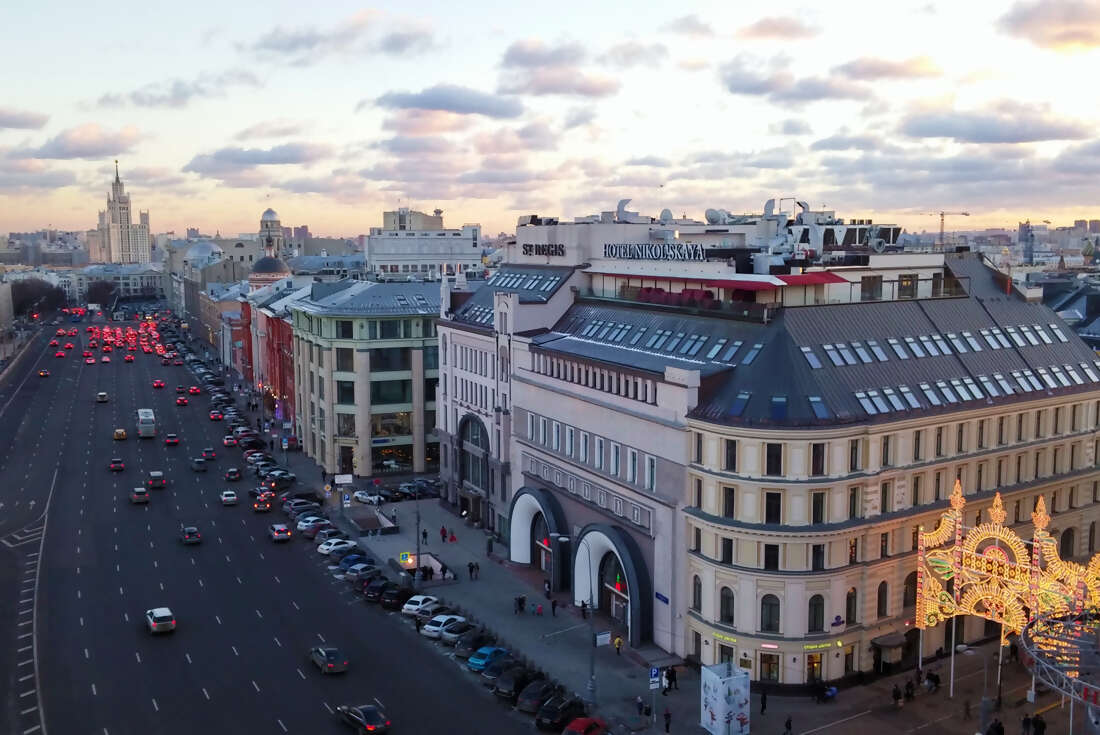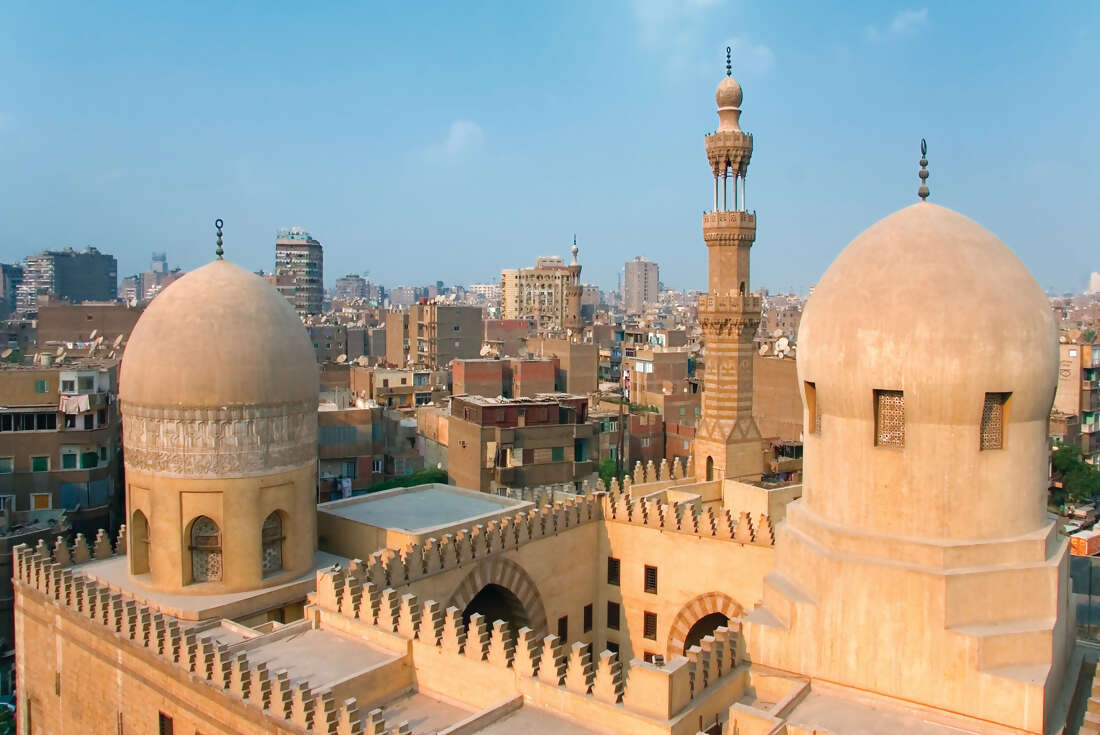 Big, bigger, biggest! Travel from the world’s greatest wall, along the world’s longest railway line, through the world’s largest nation, to the world’s deepest freshwater lake. Explore far-flung cities, small rural villages and everything in between in this breathtaking part of the world. Journey to China and see the sights of Beijing, stay overnight in a Mongolian ger, then ride the Trans-Siberian Railway through Russia to see impressive St Petersburg and the small town of Kungur. Immerse yourself in the culture and traditions of this region on this exciting trip, while gaining insight into a big part of the world that is little explored.
Big, bigger, biggest! Travel from the world’s greatest wall, along the world’s longest railway line, through the world’s largest nation, to the world’s deepest freshwater lake. Explore far-flung cities, small rural villages and everything in between in this breathtaking part of the world. Journey to China and see the sights of Beijing, stay overnight in a Mongolian ger, then ride the Trans-Siberian Railway through Russia to see impressive St Petersburg and the small town of Kungur. Immerse yourself in the culture and traditions of this region on this exciting trip, while gaining insight into a big part of the world that is little explored.Highlights
Experience this incredible bucket-list rail adventure through China, Mongolia, and Russia – one of the world’s greatest and most epic journeys
Stay in the Mongolian wilderness local-style with an overnight in a tourist ger camp
Immerse yourself in Mongolia's rich cultural heritage, from the country’s original Buddhist temple to the city built by Genghis Khan
Discover a way of life that has changed very little since the 18th century with a visit to an ‘Old Believers Village’ near Ulan Ude
Live life on the shores of magnificent Lake Baikal in a Siberian village
Visit the austere mausoleum of Lenin, the initiator of the 1917 Russian revolution, contrasting with the eye-bulging treasure collection in the Kremlin and Armoury Museum
Share in traditional tastes with a visits to the homes of our local friends in Suzdal & St Petersburg for a hearty home cooked meal, piles of pancakes and endless cups of tea
Encounter the legacy of Russian tsar Peter the Great while exploring the enigmatic streets that showcase the many palaces and museums of St Petersburg









- You will visit the following places:
-

Beijing
Beijing is a metropolis in Northern China, and the capital of the People's Republic of China. It is one of the most populous cities in the world. Governed as a municipality under direct administration of the central government, Beijing borders Hebei Province to the north, west, south, and for a small section in the east, and Tianjing Municipality to the southeast. As the last of the Four Great Ancient Capitals of China, Beijing has been the political center of the country for much of the past eight centuries. Beijing has a glorious past, but is by no means stuck in the past. Standing side-by-side with old Beijing's crimson palace complexes are the city's modern buildings, the super-modern Olympic Village, with the Bird’s Nest Stadium and Water Cube; the dazzling shopping malls in Wangfujing Street and the colorful entertainment center of Houhai. The city is renowned for its opulent palaces, temples, parks, gardens, tombs, walls and gates, and its art treasures and universities have made it a center of culture and art in China!
-

Moscow
Moscow is the capital, the most populous city, and the most populous federal subject of Russia. The city is a major political, economic, cultural, scientific, religious, financial, educational, and transportation centre of Russia and the world. A global city, Moscow is the most populous city on the continent of Europe and the seventh largest city proper in the world. Its population, as of 1 January 2010, is 10,563,038. For many, the sight of the Kremlin complex in the centre of the city is still loaded with symbolism and history. It was the capital of the former Soviet Union and signs of its previous life are very visible even now. Yet, there's more to Russia and its capital than just memories of the USSR.
-

Suzdal
-

St Petersburg
Saint Petersburg is a city and a federal subject (a federal city) of Russia located on the Neva River at the head of the Gulf of Finland on the Baltic Sea. In Russian literature, informal documents and discourse, the word "Saint" is usually omitted, leaving "Petersburg". The city is often described as the most Westernized city of Russia, as well as its cultural capital. It is the northernmost city in the world with a population of over one million. The Historic Centre of Saint Petersburg and Related Groups of Monuments constitute a UNESCO World Heritage Site. The city is home to The Hermitage, one of the largest art museums in the world. A large number of foreign consulates, international corporations, banks, and businesses have offices in Saint Petersburg. Talking of churches, Church of the Savior on the Blood is said to be the most beautiful church in St. Petersburg. Built of beautiful mosaic and stonework, the church gives you an indication of how ancient Russia looked like. The church is built at an equally historic spot. This is where Tsar Alexander II was assassinated in the year 1881.